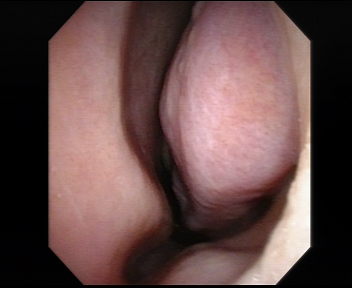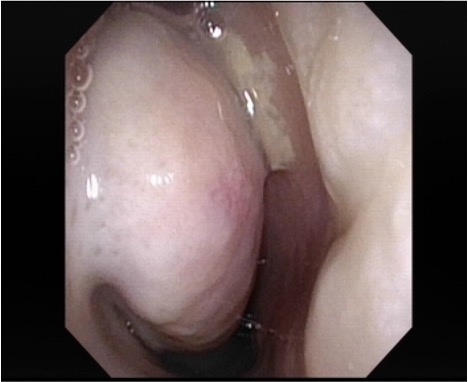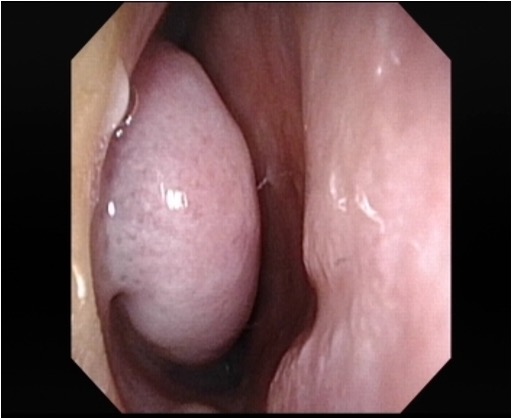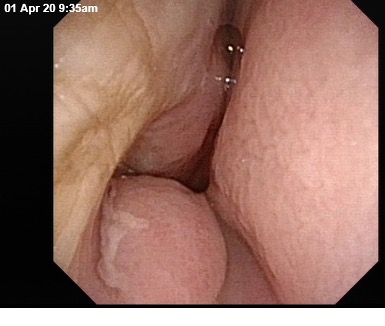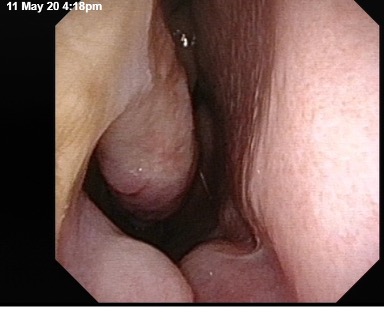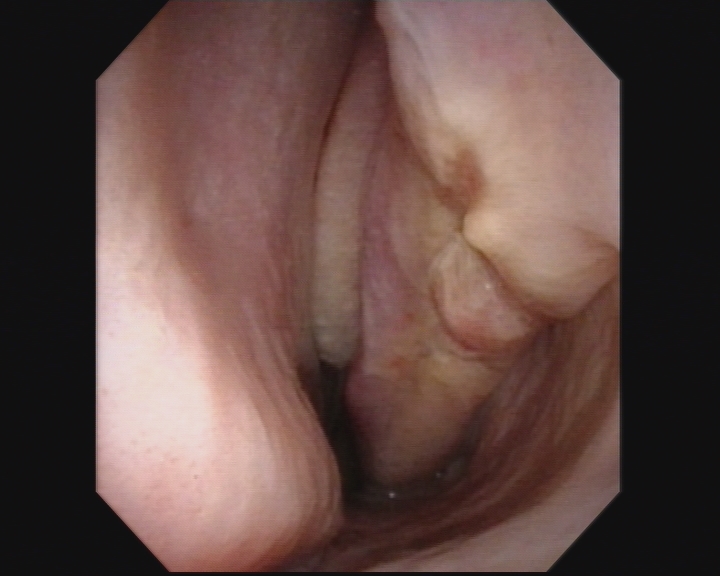Radiofrequency Turbinate Reduction for a Blocked Nose
A blocked nose is a common problem that ENT Specialists see and treat. In Singapore, nasal blockage seems to be highly prevalent probably due to the high levels of dust mite allergens (seen in many urban societies) and the excessive use of air-conditioning. The former causes allergic rhinitis and the latter causes vasomotor (or non-allergic) rhinitis. The most common cause of nasal blockage is enlarged or hypertrophied nasal turbinates.
What are the nasal turbinates?
The nasal turbinates are small sausage-like swellings on the sidewall of the nasal cavity. There are three paired nasal turbinates but the largest of these are the lower ones or the inferior nasal turbinates. The inferior nasal turbinates can become enlarged in patients with allergies. When this happens they cause nasal obstruction.
How can enlarged turbinates be treated?
Enlargement of the nasal turbinates responds well to decongestant nasal drops or sprays such as Afrin or Otrivine. Unfortunately, these drops cannot be used on a long-term basis. In fact, long-term abuse of these drops leads to a condition known as rhinitis medicamentosa when patients are dependent on these drops to help open their nasal passages.
Nasal steroid sprays are the best conservative option for patients with enlarged nasal turbinates. They need to be used long-term to ensure a good sustained reduction in the size of the nasal turbinates. The pictures below show the nasal turbinates in patients before and after treatment with nasal steroid sprays. Treatment was for 4-6 weeks.
When nasal steroid sprays do not work, surgery to the nasal turbinates is often recommended.
What are the surgical options to treat enlarged nasal turbinates?
There are two common procedures commonly recommended to reduce the size of the nasal turbinates. The first is radiofrequency inferior turbinate reduction (RFTR or RFIT) and the second is microdebrider-assisted inferior turbinoplasty (MAIT). RFTR/RFIT can be performed in the clinic under local anaesthesia. It is a relatively pain-free procedure and there is very little blood loss. It uses an electrical current that oscillates at a frequency of 350-500 kHz (hence above audio frequency but below infrared frequency). This causes ablation of tissue or fulguration that causes very little collateral damage to adjacent tissue. It is safe to use without general anaesthesia.
RFTR/RFIT can be performed in clinic under local anaesthesia. It is a relatively pain-free procedure and there is very little blood loss
In radiofrequency turbinate reduction, there is ablation or necrosis of the tissue below the mucosal surface of the turbinate. The idea is to affect a volumetric reduction of turbinate tissue, which is erectile tissue, whilst limiting damage to the surface or mucosal layer. Heat is generated but only to 60-70 degrees celsius.
How successful is radiofrequency turbinate reduction?
Although the principal aim of RFTR/RFIT is to reduce nasal blockage due to enlarged turbinates. There is some evidence to support improvement in how runny and itchy the nose is following RFTR. Most of the present studies show a 60-80% improvement in symptoms up to 3 years following treatment and then a rapid drop-off in benefit. It appears that patients who are severely allergic are less likely to benefit from RFTR/RFIT.
Most of the present studies show a 60-80% improvement in symptoms up to 3 years following treatment…
How is RFTR/RFIT performed?
RFTR/RFIT is often performed in the clinic in adults and older children. In younger children, it is best performed in the operating theatre under a short general anaesthetic. In clinic, the nose is anaesthetised with a local anaesthetic solution. The turbinates are then injected with some local anaesthetic too. Often the patient senses numbness in the teeth when the turbinates are injected. The procedure is then carried out by passing a small probe into the turbinate and applying radiofrequency ablation. There is a high-pitched tone from the radiofrequency generator when the machine is switched on. Rarely there may be a “pop” in the nose as ablation of tissue occurs. Some patients may sense some heat. Pain is rarely felt. There is often a trickle of blood following the procedure so you may taste some blood in your mouth.
The video below from Smith and Nephew, who produce radiofrequency generators and probes gives you an insight into how RFTR/RFIT is done.
The following is a short video on the real procedure. Do not watch this if you are not comfortable with the sight of some blood.
What can I expect after the procedure?
There is often some bleeding after the procedure. You may continue to get blood-stained mucus from the nose for a few days. Crusting is common and often it may take 3-4 weeks for this to resolve. As a result, you will not feel the full benefit of RFTR/RFIT until all the crusting has settled and the turbinates have healed. Pain is mild and simple pain killers may be required occasionally.
- Avoid strenous sport/straining for 3-5 days after the procedure
- Avoid swimming for 5 days
- Do not pick your nose or insert tissues into your nostrils
- Do use saline nasal sprays and saline flushes as advised by your surgeon
- Keep your follow-up appointments when your nose will be cleaned of any crusting
- You may return to the office/school after 1-2 days
Once the healing is complete, the nasal turbinates will be smaller and no longer cause obstructed breathing
If you feel you may benefit from this procedure, do contact us for an evaluation.
Share this blog via:




